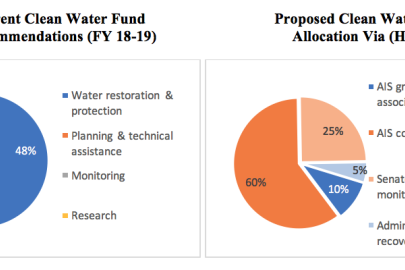This week, the State Government Finance Conference Committee released its conference report which includes 30 pages of redundant, regressive, time-consuming, and expensive hurdles that agencies must go through in order to adopt or even propose rules to protect our environment, natural resources, health, and safety. These provisions were written by the Minnesota Chamber of Commerce, which characterizes them as "streamlining" the agency process. The reality, however, is that this legislation will result in significant delays and administrative expenses.
Read moreStay current
Get river news, FMR updates and event calendars twice a month.






